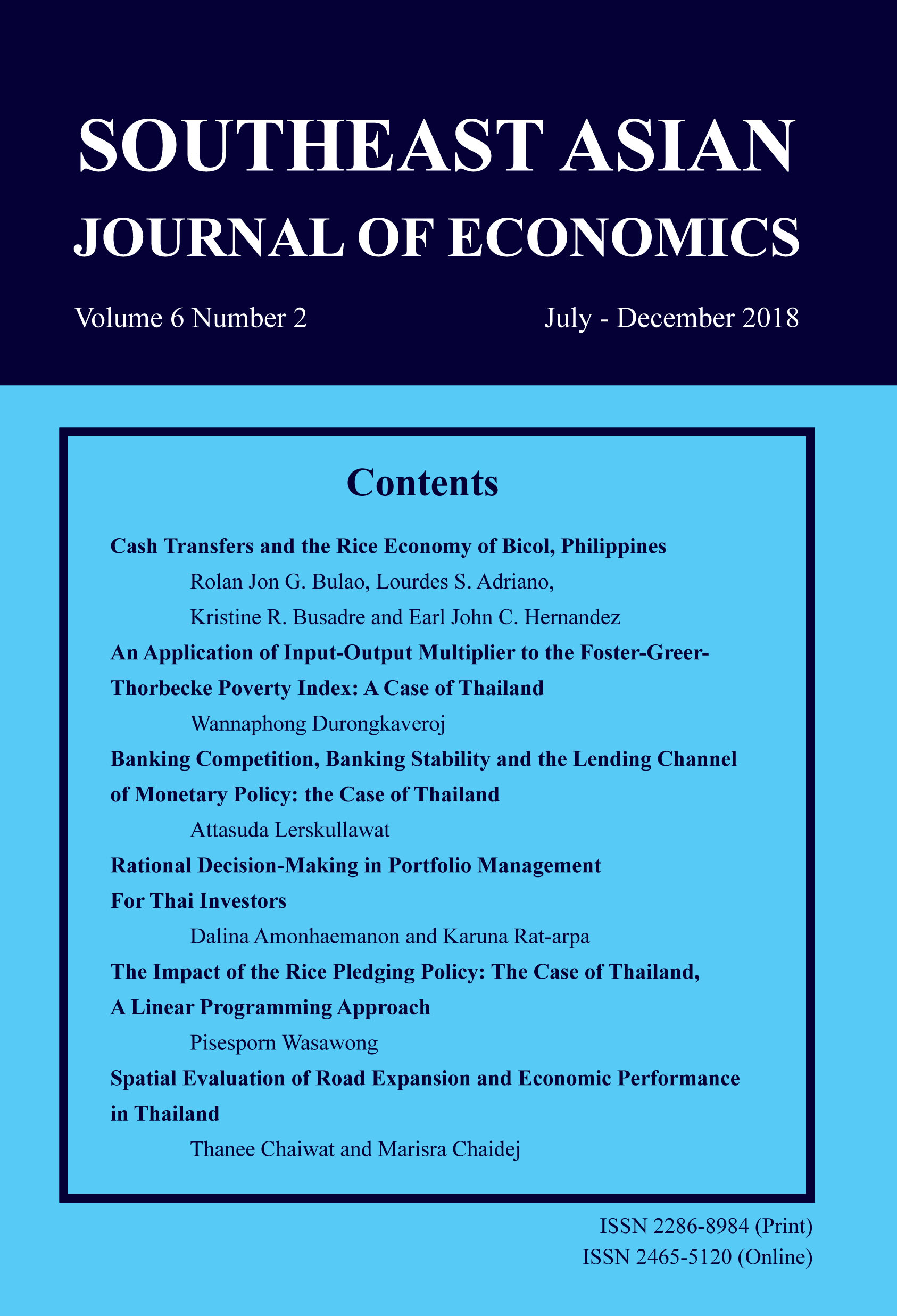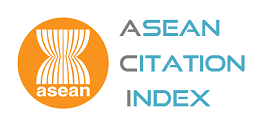Regimes for Taxing Goods and Services in a Non-Uniformity Setting: Policy Implications for the ASEAN Economic Community
Keywords:
Tax Regimes, Goods and Services Tax, AEC, Customs UnionAbstract
Since its inception in 2015, the ASEAN Economic Community (AEC) has reduced intra-regional barriers and opened a wide range of opportunities. However, the issue of taxation remains lagged behind and great differences in taxation yield complexity within the region. Member states differentiate their corporate tax rates to attract investment, repeatedly eroding tax revenue. Consequently, the state revenue needs to rely more on indirect taxes, such as the value added tax (VAT) or the goods and services tax (GST). As an extension to the previous literature, this paper presents models in which tax rates are non-uniform within and across countries, representing the AEC. The model and simulations yield new theoretical insights under the non-uniformity setting, illustrating that switching from destination to origin regime can lead to plausible welfare gains when the values of demand elasticity of the goods in the member countries are close to identical.
Downloads
Published
How to Cite
Issue
Section
License
The submission of a manuscript implies that the paper is an original work and has not been published elsewhere. The author(s) authorize the journal to reproduce or distribute the paper in printed or other electronic forms.







